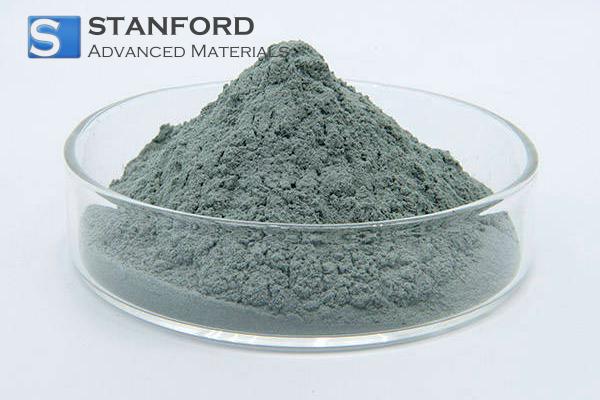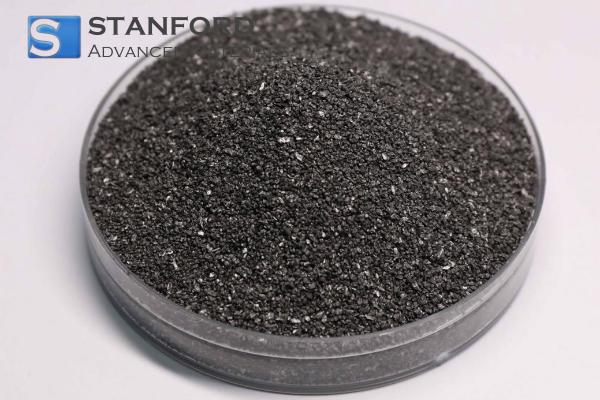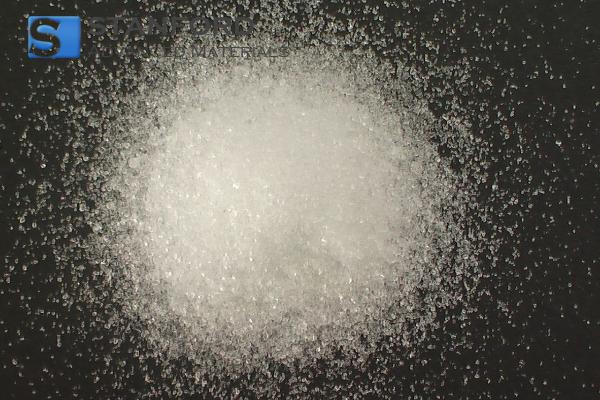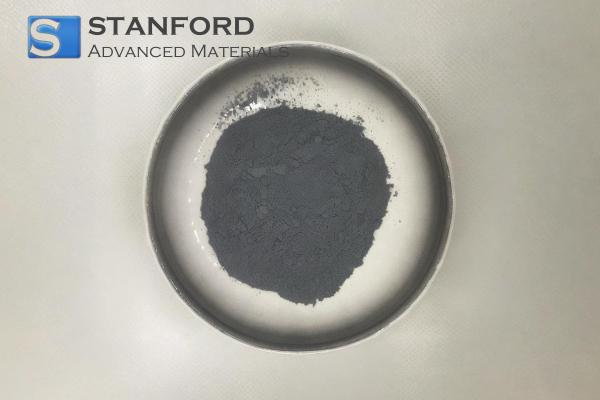Understanding The Triple Point In Thermodynamics
Introduction
In thermodynamics, the triple point is the condition at which a substance exists simultaneously in all three phases – solid, liquid and gas – in equilibrium. This condition is used to define standard temperature and pressure scales and has significant implications in various scientific disciplines.
Properties of the Triple Point
The triple point is defined by specific temperature and pressure values that are unique to each substance. At this point the kinetic energy of the molecules permits the coexistence of the three phases without one phase prevailing over the others. Understanding the triple point facilitates the quantitative study of phase transitions and the behaviour of materials under differing environmental conditions.
Triple Point vs. Critical Point
Although both the triple point and the critical point involve phase transitions, they occur under different conditions:
|
Characteristic |
Triple Point |
Critical Point |
|
Coexisting phases |
Solid, liquid, gas |
Liquid and gas only |
|
Temperature |
Specific to each substance |
Higher than the triple point temperature |
|
Pressure |
Specific to each substance |
Critical pressure, beyond which distinct liquid and gas phases do not exist |
|
Phase transition |
Equilibrium among three phases |
Transition between liquid and gas phases |
Applications of the Triple Point
The triple point is employed in the calibration of thermometers, in the standardisation of temperature scales and in the investigation of material properties. It serves as a reference in scientific experiments and industrial processes where precise control of phase conditions is required.
The Triple Point in Everyday Life
Although the triple point is not typically observed directly, it underpins phenomena such as frost formation, sublimation and the behaviour of water in its various states. A sound understanding of the triple point supports research in meteorology, environmental sciences and engineering.
Table of Triple Points
The following table lists the triple point values for various substances. The triple point is defined as the temperature and pressure at which all three phases (solid, liquid and gas) coexist in equilibrium.
|
Substance |
Triple point temperature (°C) |
Triple point pressure (Pa) |
|
Water |
0.01 |
611.657 |
|
Carbon Dioxide |
-56.6 |
518.5 |
|
Helium |
-268.93 |
2.29 |
|
Nitrogen |
-210.00 |
1.4 × 10³ |
|
Oxygen |
-218.79 |
1.5 × 10³ |
|
Sulphur |
115.21 |
1.3 × 10⁶ |
|
Mercury |
-38.83 |
2.0 × 10⁵ |
|
Ammonia |
-77.7 |
1.2 × 10⁶ |
|
Methane |
-182.5 |
1.0 × 10⁶ |
|
Argon |
-189.34 |
1.0 × 10³ |
Further information can be found at Stanford Advanced Materials (SAM).
Frequently Asked Questions
What is the triple point of water?
The triple point of water is at 0.01 °C and 611.657 Pascal, at which ice, liquid water and water vapour coexist.
How is the triple point used in temperature calibration?
It serves as a fixed reference for the calibration of thermometers and ensures accurate temperature measurements in scientific and industrial applications.
Can the triple point occur in all substances?
Yes, every pure substance has its own triple point defined by specific temperature and pressure conditions.
What is the difference between the triple point and the melting point?
The melting point refers to the temperature at which a solid transitions to a liquid under a given pressure, whereas the triple point involves the simultaneous presence of solid, liquid and gaseous phases.
Why is the critical point important in thermodynamics?
The critical point marks the end of the liquid–gas phase boundary, beyond which the distinct liquid and gas phases cease to exist, thereby enabling the study of supercritical fluids.

 Bars
Bars
 Beads & Spheres
Beads & Spheres
 Bolts & Nuts
Bolts & Nuts
 Crucibles
Crucibles
 Discs
Discs
 Fibers & Fabrics
Fibers & Fabrics
 Films
Films
 Flake
Flake
 Foams
Foams
 Foil
Foil
 Granules
Granules
 Honeycombs
Honeycombs
 Ink
Ink
 Laminate
Laminate
 Lumps
Lumps
 Meshes
Meshes
 Metallised Film
Metallised Film
 Plate
Plate
 Powders
Powders
 Rod
Rod
 Sheets
Sheets
 Single Crystals
Single Crystals
 Sputtering Target
Sputtering Target
 Tubes
Tubes
 Washer
Washer
 Wires
Wires
 Converters & Calculators
Converters & Calculators
 Write for Us
Write for Us





 Chin Trento
Chin Trento



